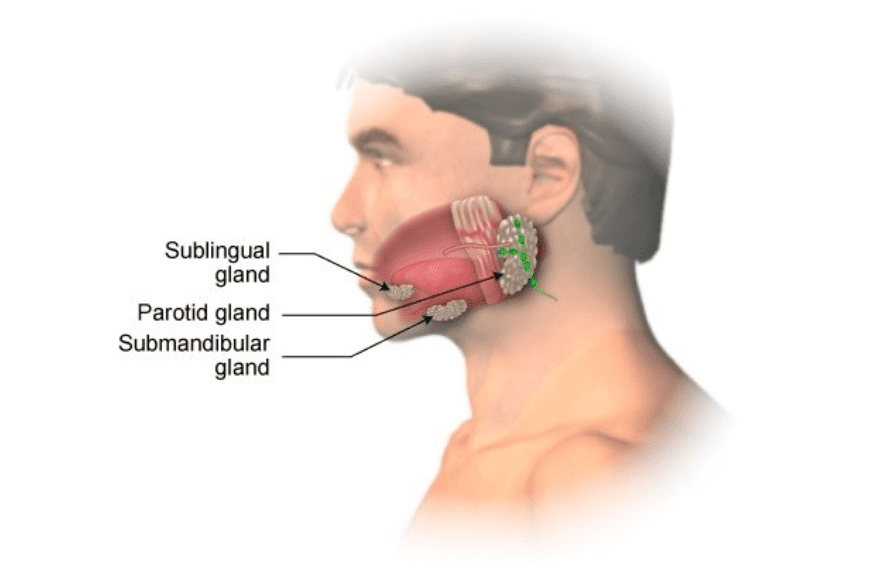
Submandibular sialo adenitis- Excision
Submandibular sialo adenitis- Excision – Inflammation and infection of the submandibular salivary gland.
Submandibular gland excision, also known as submandibular gland removal or submandibular gland resection, is a surgical procedure performed to remove the submandibular gland, which is one of the major salivary glands located beneath the jawbone.
Symptoms:
- Swelling and tenderness: The affected submandibular gland may become swollen, painful, and tender to the touch.
- Difficulty in opening the mouth: The swelling may make it difficult to fully open the mouth or move the jaw.
- Dry mouth: The inflammation and infection can affect salivary flow, leading to a dry or decreased saliva production.
- Fever and malaise: In cases of bacterial infection, individuals may experience fever, fatigue, and a general feeling of unwellness.
- Difficulty in eating or swallowing: Swelling and pain may make it uncomfortable or difficult to eat or swallow.
Submandibular sialo adenitis- Excision- Submandibular gland excision, also known as submandibular gland removal or submandibular gland resection, is a surgical procedure performed to remove the submandibular gland, which is one of the major salivary glands located beneath the jawbone.
Incision: The surgeon makes an incision in the lower part of the jawbone, just below the mandible, to gain access to the submandibular gland.
Dissection and removal: The surgeon carefully dissects the tissues surrounding the submandibular gland to separate it from the surrounding structures. The gland is then removed while taking care to avoid damage to nearby nerves, blood vessels, and ducts.
Post-surgery care and recovery will vary depending on the individual and the specific circumstances of the submandibular gland excision. Hospitalization may be required, depending on the extent of the surgery and the patient’s overall condition. Pain medication may be prescribed to manage post-operative discomfort. The patient may be advised to follow a soft diet and practice good oral hygiene during the recovery period. The surgeon will provide instructions for wound care, activity restrictions, and follow-up appointments.
As with any surgical procedure, there are potential risks and complications associated with submandibular gland excision, including infection, bleeding, damage to surrounding structures such as nerves and blood vessels, salivary fistula (an abnormal connection between the salivary gland and the skin or oral cavity), numbness or tingling in the chin or lower lip (due to nerve injury), and complications related to anesthesia.
Meet Our Doctors
